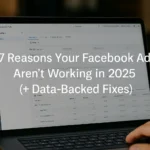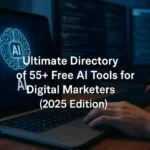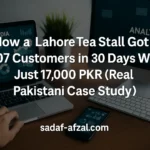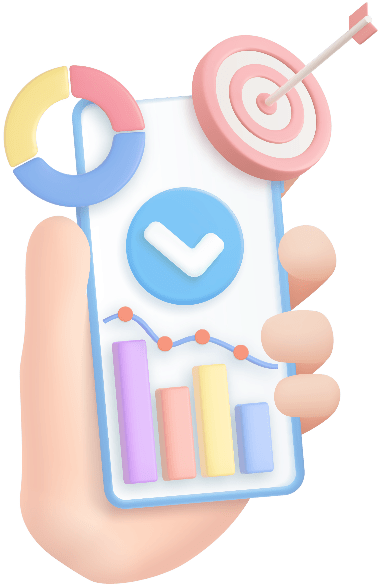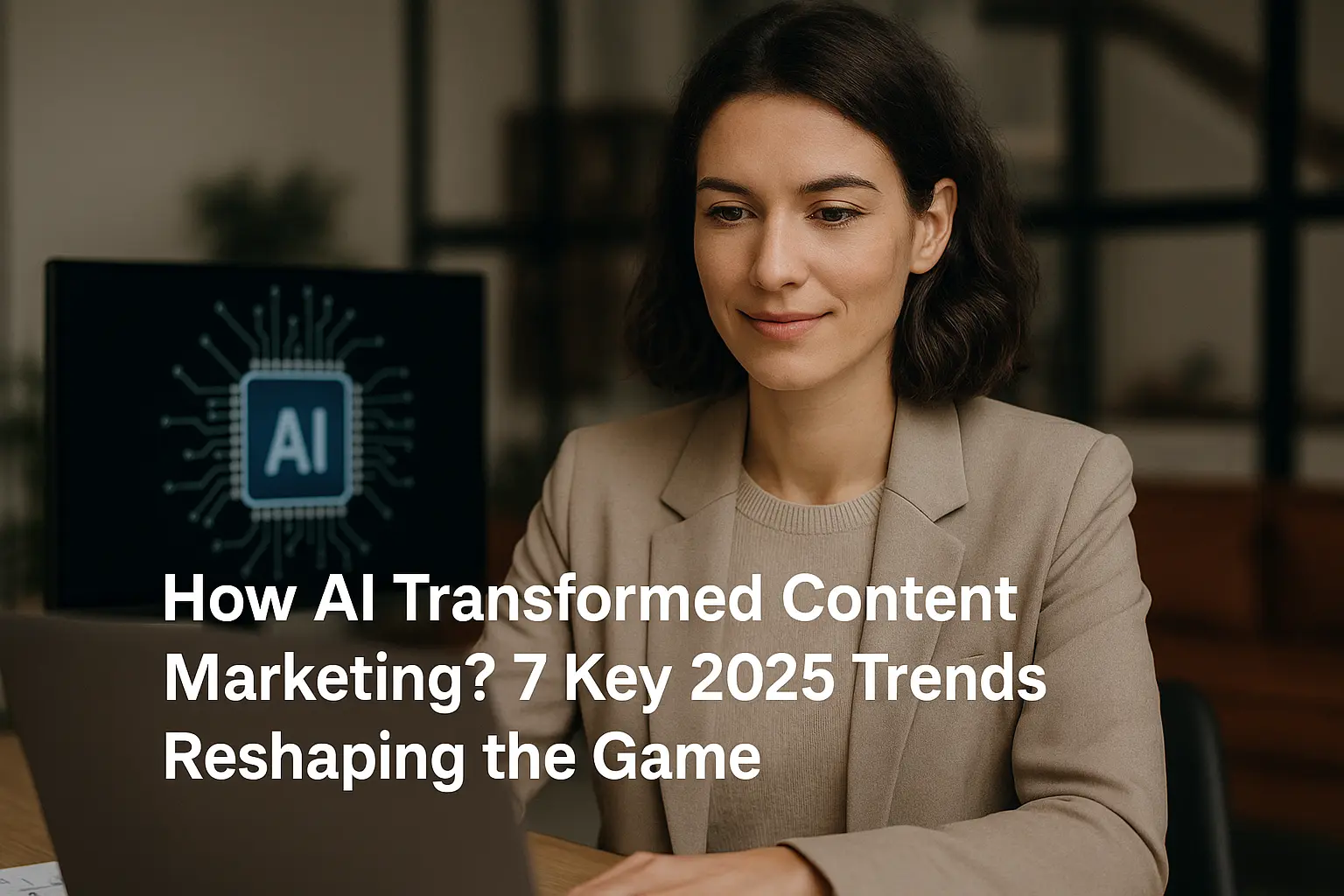
Content marketing isn’t just evolving—it’s undergoing an AI-driven revolution. By 2025, brands ignoring artificial intelligence risk obsolescence. As algorithms grow smarter and consumer expectations soar, here are the 7 seismic shifts redefining how we create, distribute, and optimize content.
Why AI Isn’t Optional in 2025
- 72% of marketers now use AI daily (McKinsey, 2024)
- AI-optimized content sees 3.2x higher engagement (HubSpot, 2025)
- Personalization powered by AI drives 35% of conversions (Salesforce)
7 AI Content Marketing Trends Dominating 2025
1. Hyper-Personalized Content Journeys
What’s changed: Static audience segments are dead. AI now analyzes micro-behaviors (scroll depth, hover patterns, purchase hesitations) to dynamically rewrite headlines, CTAs, and product recommendations in real-time.
→ 2025 Action: Integrate tools like Persado or Dynamic Yield to auto-adapt web copy based on user intent signals.
2. Predictive Content Intelligence
What’s changed: AI forecasts content performance before publication. Tools like MarketMuse and Clearscope now predict:
- Viral potential scores
- Ideal publishing times
- Competitor content gaps
→ 2025 Action: Run AI content “simulations” to prioritize high-ROI topics.
3. Generative AI Co-Creation
What’s changed: Beyond basic text generation, tools like ChatGPT-5 and Claude 3 now:
- Craft multimedia scripts (video/podcast)
- Generate SEO-optimized outlines with semantic keywords
- Repurpose content across 12+ formats in 1 click
→ 2025 Action: Use SurferSEO + generative AI to create “search intent optimized” cluster content.
4. Voice & Visual Search Domination
What’s changed: 60% of searches are now voice/image-based (Google, 2025). AI tools like Pictory and Descript automatically:
- Transcribe podcasts into SEO-friendly blog posts
- Generate video summaries for social snippets
- Optimize images for visual search engines
→ 2025 Action: Create voice-search FAQ schema and alt-text with tools like BrightEdge.
5. Automated Content Operations
What’s changed: End-to-end AI workflows handle:
- Curata for AI-driven content curation
- Zapier + ChatGPT for social scheduling
- Acrolinx for brand-compliant tone adjustments
→ 2025 Action: Build no-code content pipelines using Make.com to connect AI tools.
6. Sentiment-Driven Distribution
What’s changed: AI analyzes emotional resonance to determine distribution channels. Example:
- High-emotion pieces → Instagram Reels/TikTok
- Data-driven insights → LinkedIn/Whitepapers
- Controversial takes → Twitter/X communities
→ 2025 Action: Use Brandwatch or Hootsuite Insights to match content mood with platform algorithms.
7. Ethical AI Auditing
What’s changed: With rising distrust, brands now:
- Disclose AI usage via watermarks
- Use tools like Originality.ai to ensure authenticity
- Implement bias-detection algorithms
→ 2025 Action: Add “Human + AI” labels to build trust (86% of consumers prefer transparency).
The 2025 Content Marketer’s AI Toolkit
| Task | Top Tools |
|---|---|
| Content Generation | Jasper, Copy.ai, Writesonic |
| SEO Optimization | SurferSEO, Frase, SEMrush |
| Personalization | Dynamic Yield, OneSpot |
| Analytics | Google Analytics 4 + Looker Studio |
| Ethical Verification | Originality.ai, GPTZero |
Future-Proofing Your Strategy
- Audit ruthlessly: Replace low-performing content with AI-upgraded versions
- Upskill teams: Train marketers in prompt engineering and AI workflow design
- Balance automation: Use AI for 80% production, reserve 20% for human creativity
“The winners in 2025 aren’t those using AI—they’re those orchestrating it. Human strategy directs the algorithm.” — Sadaf Afzal, Digital Marketing Strategist









